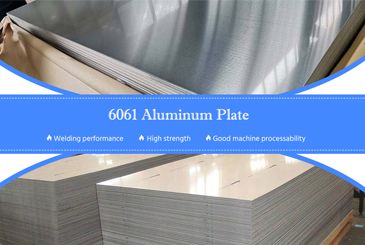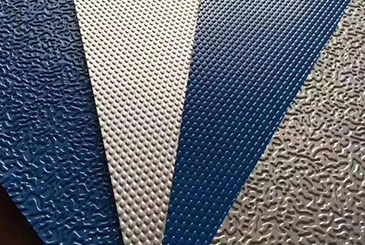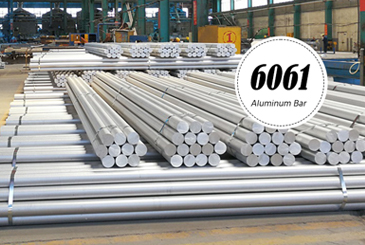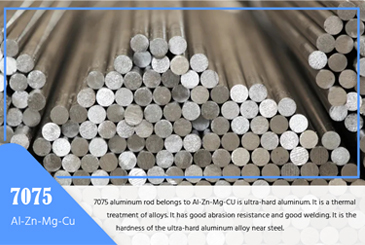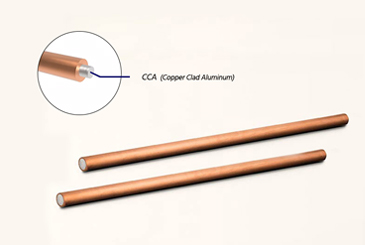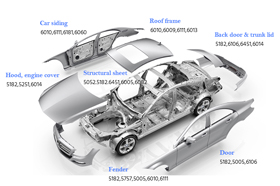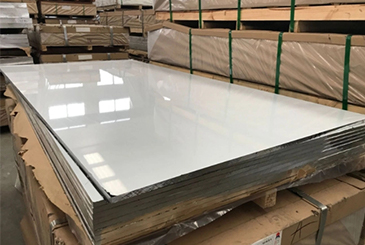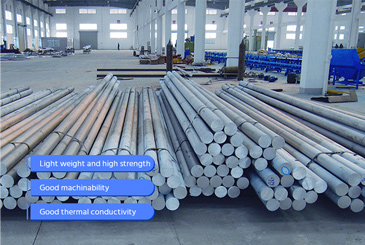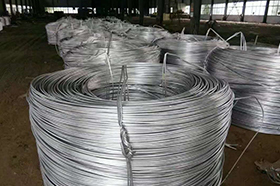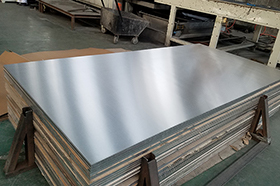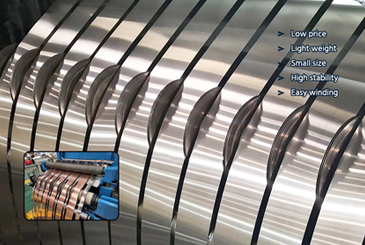When measuring aluminum materials, it is essential to select the appropriate measuring tools based on the characteristics of the parts being measured. For example, for aluminum sheets and profiles, you can use calipers, height gauges, micrometers, and depth gauges to measure dimensions such as length, width, height, depth, outer diameter, and step difference.
For aluminum bars, tubes, or certain aluminum profiles, micrometers or calipers are suitable. Holes and slots can be measured using plug gauges, ring gauges, or plug calipers.
For measuring right angles on aluminum parts, use a square. When measuring the radius (R-value), an R-gauge is suitable.
In cases where high precision is required, tight tolerances need to be met, or geometric tolerances need to be calculated for CNC machining of aluminum materials, consider using three-dimensional or two-dimensional measurement tools.
1. Application of calipers
Calipers can measure the inner diameter, outer diameter, length, width, thickness, step difference, height, and depth of aluminum sheets, pipes, and other materials. Calipers are the most commonly used and convenient measuring tools, with the highest frequency of use in machining environments.
Digital calipers
With a resolution of 0.01mm, suitable for measuring dimensions with tight tolerances (high precision).
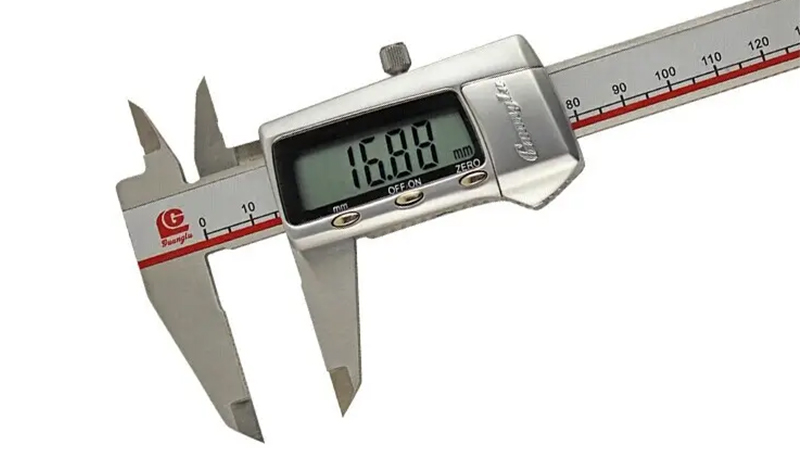
Dial calipers
With a resolution of 0.02mm, used for conventional dimension measurements.
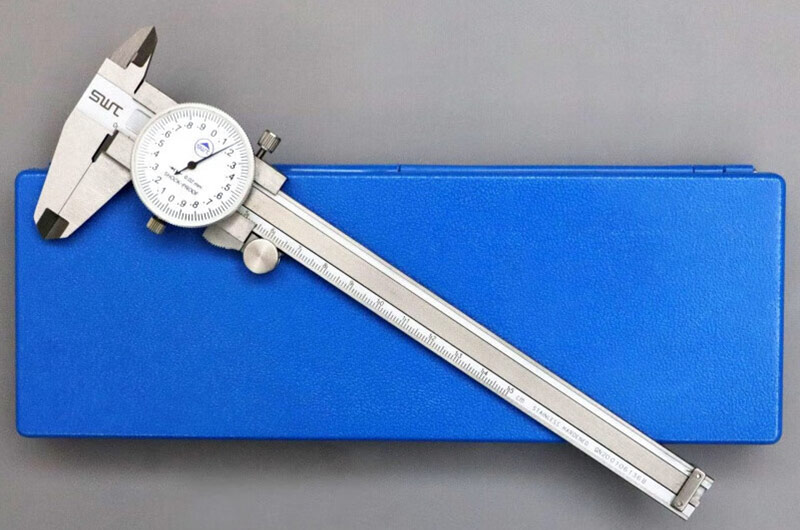
Vernier calipers
With a resolution of 0.02mm, used for rough measurements.
Before using calipers, clean them by sliding a clean sheet of paper between the measuring surfaces (slide the calipers against the paper surface a few times).
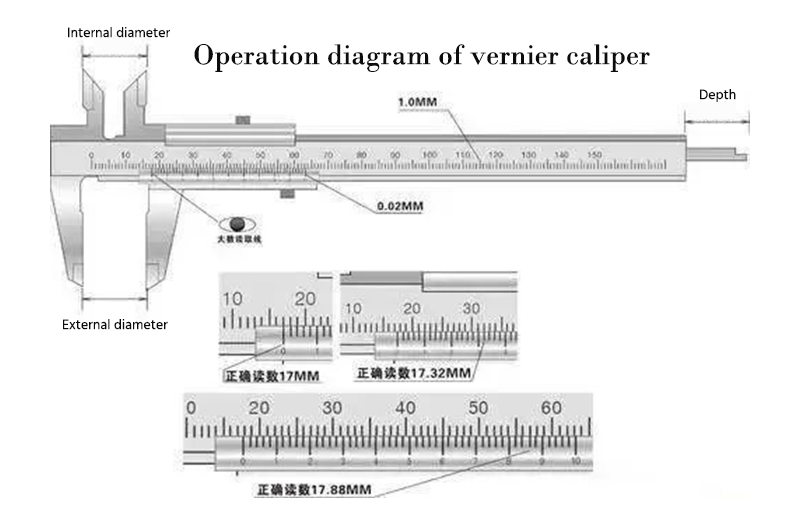
Notes:
a. When using calipers for measurement, try to keep the measuring surfaces parallel or perpendicular to the object being measured.
b. When measuring depth, if the object has a fillet (R), avoid it but keep the depth gauge as close to the fillet as possible while maintaining perpendicularity.
c. When measuring the diameter of a cylindrical object, rotate and measure it in sections, recording the maximum value.
d. Due to the high frequency of caliper use, proper maintenance is essential. Clean them daily and store them in their cases. Before use, check their accuracy using gauge blocks.
2. Application of micrometers
Before using micrometers, clean them by sliding a clean sheet of paper between the contact surfaces and the screw surface (slide the micrometer spindle against the paper a few times). Then, turn the thimble, and when the contact surfaces and the screw surface make light contact, use the micrometer's fine adjustment. Once both surfaces fully contact each other, set it to zero for measurement.
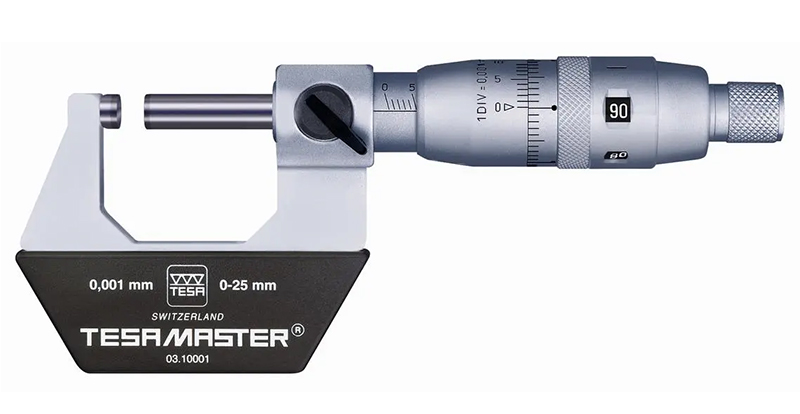
When measuring the diameter of aluminum profiles, aluminum discs, etc., adjust the knob until the contact surfaces lightly touch the workpiece. Listen for three clicks, then stop, and read the data from the display or scale. When measuring the diameter of aluminum rods and tubes, measure at least two different directions and record the maximum value. Keep the contact surfaces clean at all times to minimize measurement errors.
3. Application of height gauges
Height gauges are mainly used to measure height, depth, flatness, perpendicularity, concentricity, coaxiality, surface roughness, gear runout, and other parameters. When using a height gauge, inspect the measuring head and all connecting parts for looseness before measurement.
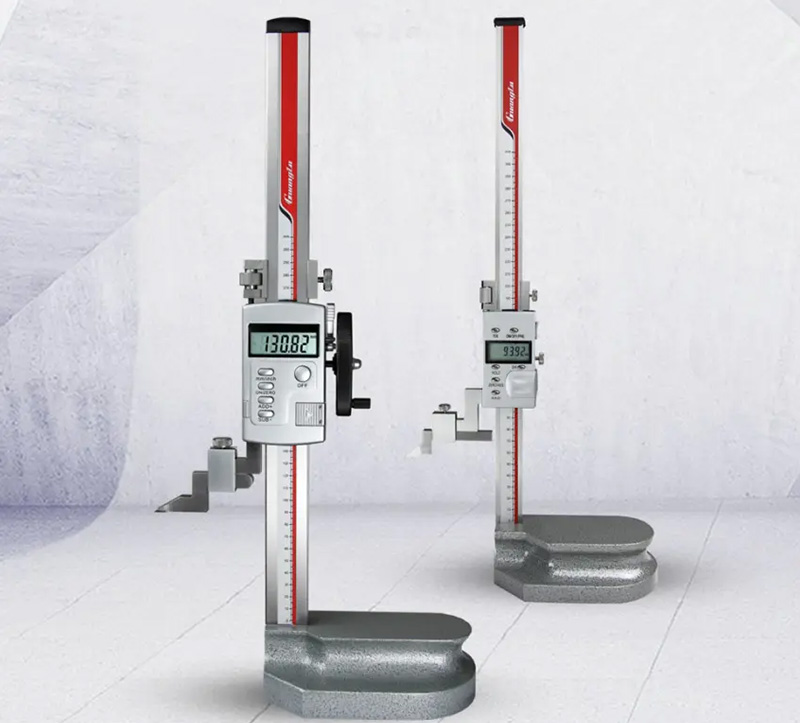
4. Application of plug gauges
Plug gauges are suitable for measuring flatness, straightness, and linearity.
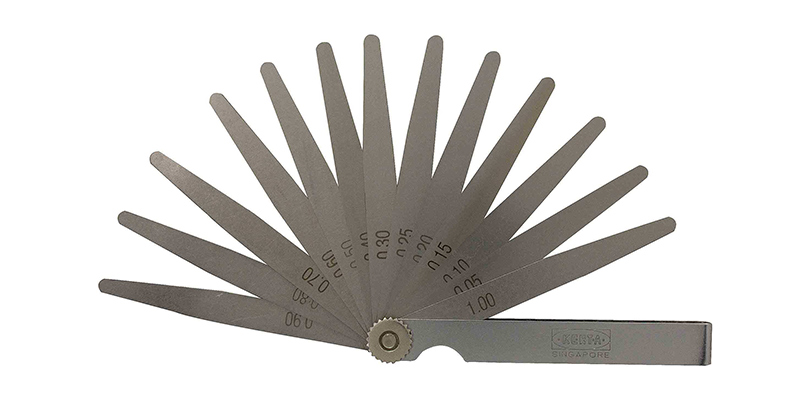
Flatness measurement
Place a horizontal bar on the aluminum sheet and use a plug gauge to measure the gap between the horizontal bar and the aluminum sheet.
Straightness measurement
Place a horizontal bar on the aluminum sheet and rotate it one full turn while using a plug gauge to measure the gap between the horizontal bar and the aluminum sheet.
Linearity measurement
Place the part on a platform, select an appropriate plug gauge, and measure the gap between the part's sides or center and the platform.
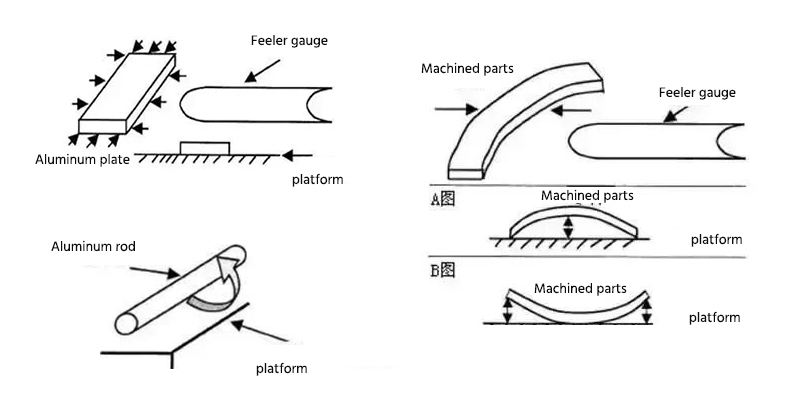
Perpendicularity measurement
Place one side of the right-angle part on the platform and bring the square gauge into contact with it. Use a plug gauge to measure the largest gap between the part and the square gauge.
5. Application of ring gauges (pin gauges)
Ring gauges (pin gauges) are used for measuring hole diameters, slot widths, and clearances.
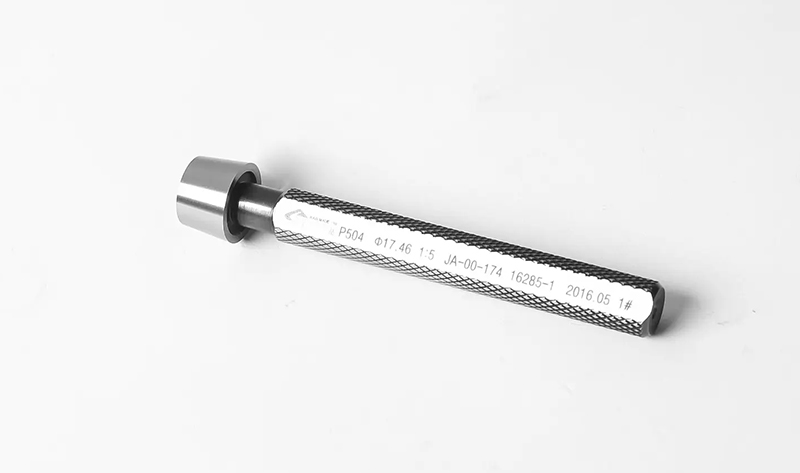
For parts with larger holes and no suitable pin gauges, you can overlap two pin gauges and measure in 360-degree directions.
Fix the pin gauges on a magnetic V-block to prevent loosening and facilitate measurement.
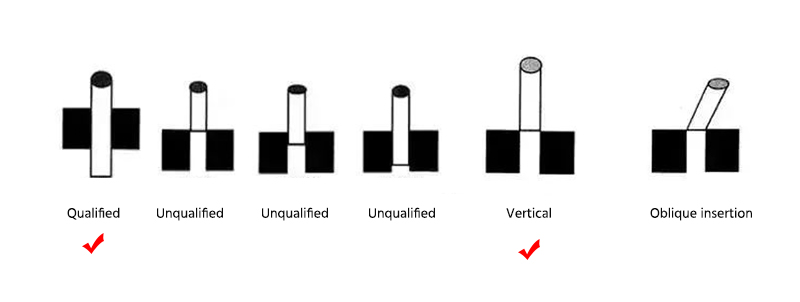
When measuring internal holes, insert the pin gauge vertically; avoid inserting it at an angle.
6. Precision measuring instrument: two-dimensional (2D)
The two-dimensional (2D) is a high-performance, high-precision non-contact measurement tool that captures images through the projection of sensing elements and transmits the data to a computer monitor. It can measure various geometric elements, distances, angles, intersections and geometric tolerances. Suitable for surface shape measurement of transparent and opaque workpieces. It shows special advantages in measuring inner circles, electrode machined surfaces, small-sized deep grooves, gates and other situations where traditional measuring instruments are difficult to apply, because it does not require the application of mechanical force and is also very suitable for thinner and softer materials product.
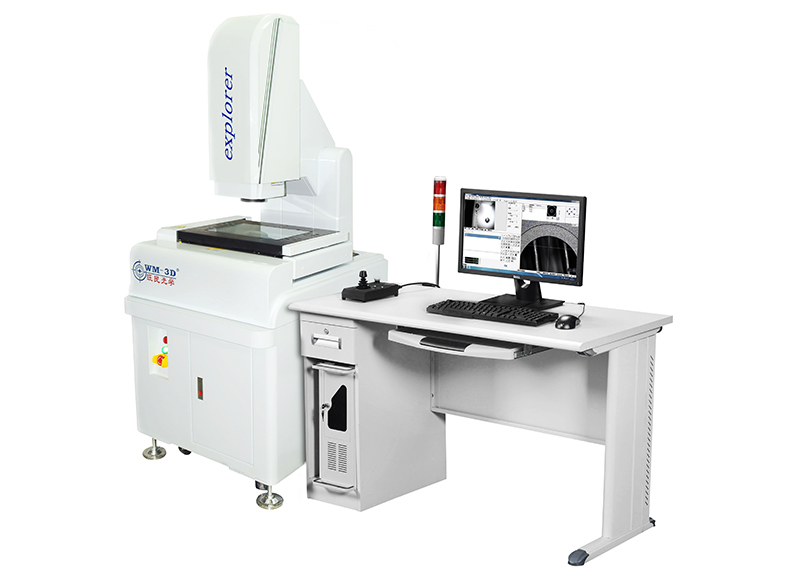
7. Precision measuring instrument: three-dimensional (3D)
Three-dimensional measuring instruments offer high precision (down to micrometer level) and versatility, replacing multiple length measurement instruments. They can measure geometric elements (including cylinders and cones), positional tolerances (including cylindricity, flatness, line profile, surface profile, coaxiality), and complex surfaces. Using a three-dimensional measuring probe, they capture the position of contact points, enabling measurements of geometric dimensions, positions, and surface profiles. Data processing is completed by a computer.
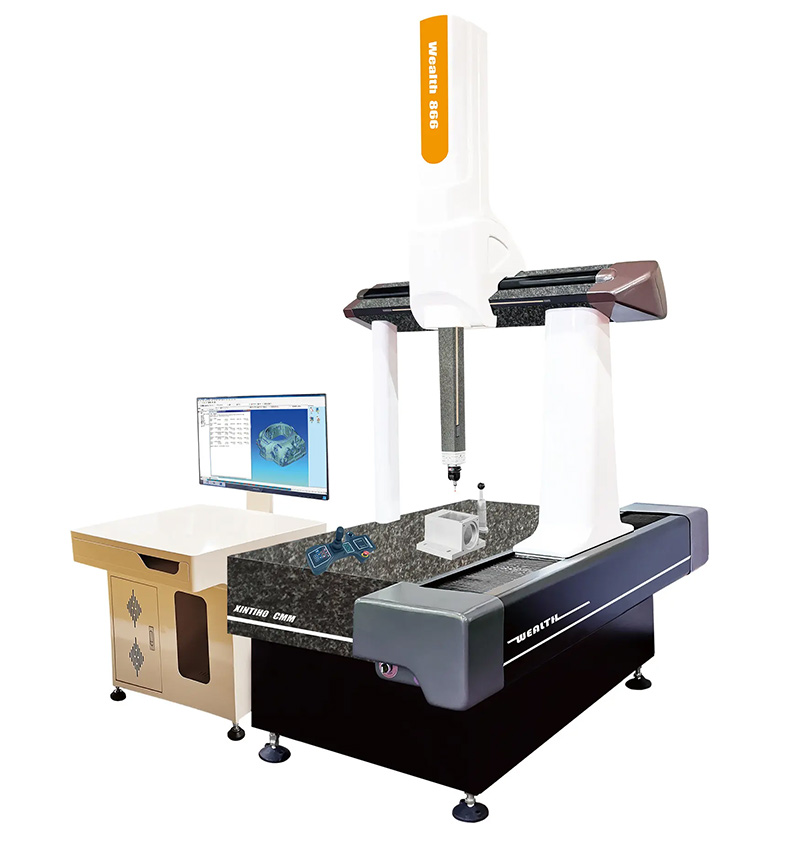
Three-dimensional measuring instruments play a crucial role in modern mold manufacturing and quality assurance, particularly for parts without 3D drawings, enabling coordinate measurements and contour profiling to facilitate rapid and accurate machining and modification. They are also used for comparing finished parts with design specifications to identify fit anomalies and correct machining errors.
Summarize
In summary, among the various measuring devices, each has its unique functions and applications. Selecting the appropriate measurement equipment based on the characteristics of the parts to be measured, combined with effective digital inspection software, is essential for achieving high-quality control in the enterprise.


